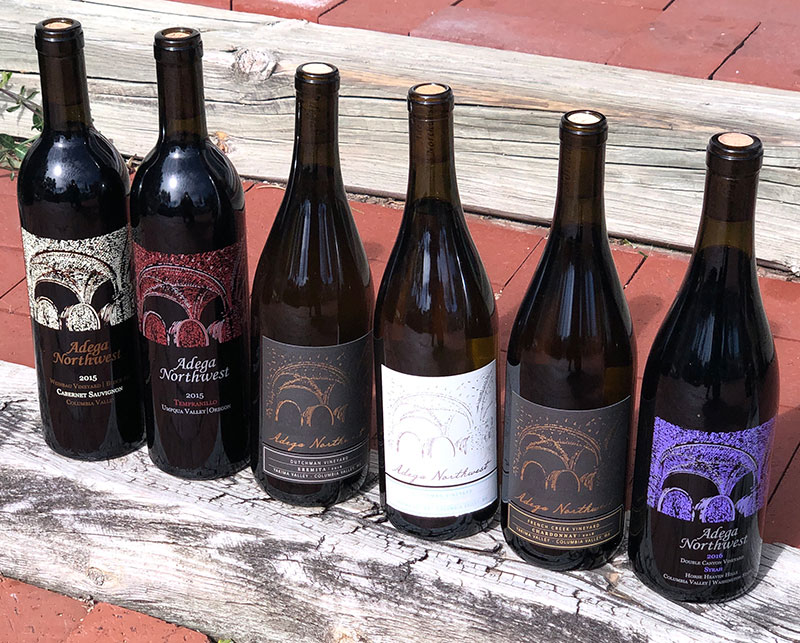
Lombardi Pinot Noir Guisti Ranch 2018
Tony Lombardi was born into a family of small business owners, and grew up in Sonoma County. He graduated from Saint Mary’s College with a degree in Business Management. His first job in the wine business came in 1998 when he joined the hospitality team at Clos Du Bois Winery, located in Geyserville, California.
From 2001 to 2013, Lombardi held senior leadership positions in marketing, public relations, and sales for such companies as Allied Domecq Wines, Beam Wine Estates, J Vineyards & Winery, Ascentia Wine Estates, and Kosta Browne Winery. Continue reading “Lombardi Guisti Ranch Pinot Noir”



